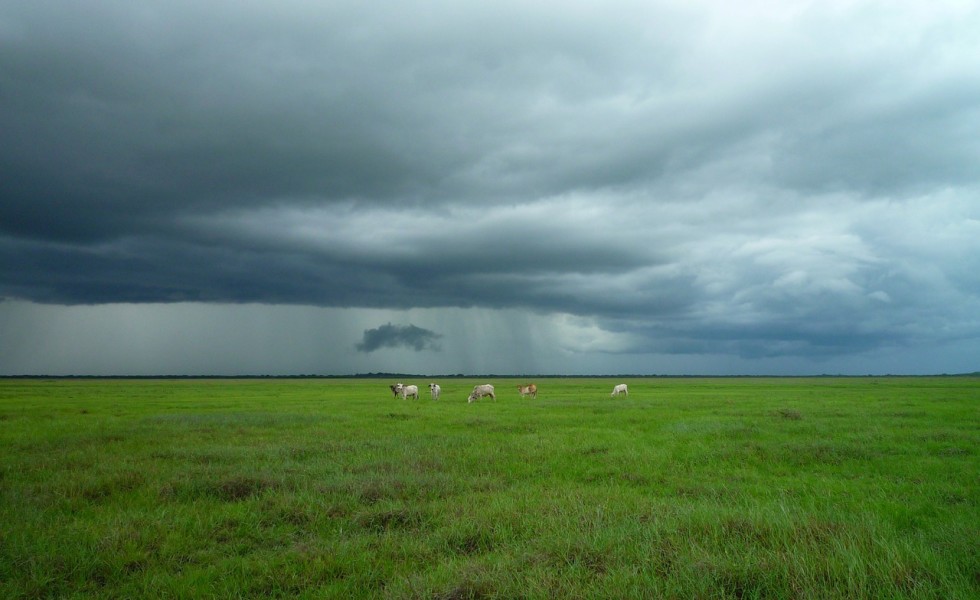Land Values Face Trouble in Coming Decade
Posted on March 18, 2022

It’s the choices we make in the good times, the grandson of a Kansas homesteader once told me, that determine our farming successes, not the choices we make in the bad times.
Why? Because, he explained, in the good times we have the money to make big mistakes and in the bad times we’re too poor to make anything but small mistakes.
I wonder what that grandson of the Kansas soil would say about the numbers released Feb. 10 by the Kansas City Federal Reserve. Those numbers showed “…the value of all types of farmland in the Tenth District”–KS, CO, NE, OK, WY, and parts of NM and MO–“was more than 20% higher than a year ago.”
The Great Plains wasn’t the only region to post big farmland gains. The Chicago Federal Reserve District (the northern ⅔ of IL and IN, the lower ⅔ of WI, and all of IA and MI) “…experienced a very steep annual increase of 22 percent in its farmland value in 2021,” noted the Chicago Fed in early February.
“Adjusted for inflation,” it continued, “…(d)istrict farmland values still had an annual increase of 17 percent in 2021, the largest increase since 2011.” Iowa land prices were even more meteoric; up an astonishing 30 percent last year.
But higher land prices didn’t mean higher land rental rates. In fact, “Cash rents for all types of land” in the Kansas City District “increased by about 10%,”or only “about half of the increase of farmland.” Better yet, adjusted for inflation, Great Plains “cash rents for non irrigated cropland remained about 15% below the historic high” set in 2012.
Inflation is an important factor, note two of my favorite ag economists, Brent Gloy and David Widmar of agricultural economic insights (aei).
In their Feb. 21 Weekly Insights post, Gloy and Widmar highlight Purdue University’s farmland data that, in 2021, showed “average quality (Indiana) farmland values… at $8,144 per acre, a 12.5% annual increase.” That topped the previous “nominal” high of “$7,969 per acre in 2014.”
“However,” they add, “the inflation-adjusted value of farmland in 2014 is $8,966 per acre (2021=100). This is to say that while nominal values are at all-time highs, inflation-adjusted dollars show the all-time highs are still a ways off.”
What the team doesn’t say, though, is whether this is sweet news or sour. Should farmers be pleased that land prices appear to have room to rise or should they be pleased that today’s rocketing land prices might be running out of fuel?
Two of the biggest components of that fuel are record-setting farm income and ag exports. Both, in fact, will slow dramatically in the next decade, according to the U.S. Department of Agriculture.
In its “Agricultural Projections to 2031,” USDA forecasts that 2021’s record net farm income of $116.8 billion will fall to $80.3 billion by 2026 before modestly rebounding to $86 billion by 2031. Neither number, however, will support today’s bullish land values.
Ag exports will become even more worrisome in the coming decade. While USDA sees exports growing “an annual rate averaging 0.8 percent per year from 2021 through 2031,” the “value of U.S. agricultural imports is projected to increase by an average annual rate of 6 percent over that same period…”
That means that sometime this year, U.S. ag exports will be level with U.S. ag imports for the first time in most American farmers’ careers. After that, ag imports begin to overwhelm ag exports so rapidly that, by 2031 forecasts USDA, imports will be at least $90 billion more than exports.
Can today’s land prices withstand a 30 percent drop in net farm income and a dramatic exporter-importer role reversal?
We’ll soon know. In the meantime, an echo from a wise old Kansan urges all to remember that it’s the choices we make in the good times that haunt us the most.
© 2022 ag comm
Share This